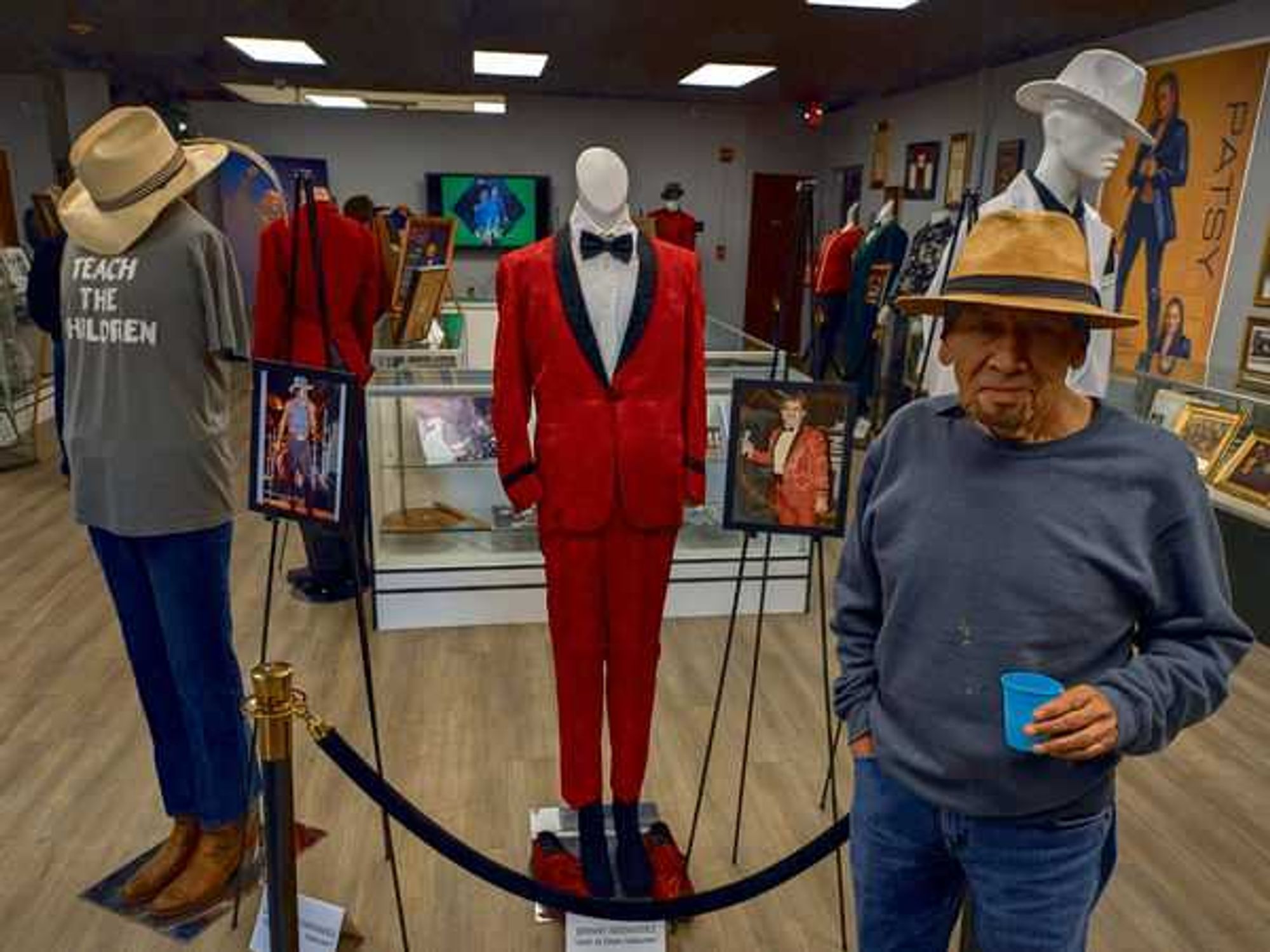Leave your Tevas at home
Grab a tube (or canoe), dodge the jaguars, do a nutty, fishy festival in theBelize rainforest
 True to rainforest, Cockscomb Basin has numerous waterfalls with pools to cooloff after a sweaty jungle hike.Photo by Stephan Lorenz
True to rainforest, Cockscomb Basin has numerous waterfalls with pools to cooloff after a sweaty jungle hike.Photo by Stephan Lorenz Belize invites you to explore. Beyond the marketed canopy walk of tourist areas,we found this sketchy hanging bridge in a small national park in the south.Photo by Stephan Lorenz
Belize invites you to explore. Beyond the marketed canopy walk of tourist areas,we found this sketchy hanging bridge in a small national park in the south.Photo by Stephan Lorenz The Cockscomb Basin Jaguar Preserve is one of the few places in the world wherethese elusive cats are thriving.Photo by Stephan Lorenz
The Cockscomb Basin Jaguar Preserve is one of the few places in the world wherethese elusive cats are thriving.Photo by Stephan Lorenz Canoeing offers the greatest chance for solitude and wildlife spotting atCrooked Tree, where flooded forests and narrow creeks invite long paddles.Photo by Stephan Lorenz
Canoeing offers the greatest chance for solitude and wildlife spotting atCrooked Tree, where flooded forests and narrow creeks invite long paddles.Photo by Stephan Lorenz Howler monkeys are a common sight and sound in Belizean rainforests.Photo by Stephan Lorenz
Howler monkeys are a common sight and sound in Belizean rainforests.Photo by Stephan Lorenz Cool streams are the ideal places to hop in a tube and escape the heat.Photo by Stephan Lorenz
Cool streams are the ideal places to hop in a tube and escape the heat.Photo by Stephan Lorenz Healthy rainforest harbors a plethora of life.Photo by Stephan Lorenz
Healthy rainforest harbors a plethora of life.Photo by Stephan Lorenz Remote and wild stretches of Belizean rainforest still harbor magnificentwildlife, like the harpy eagle.Photo by Stephan Lorenz
Remote and wild stretches of Belizean rainforest still harbor magnificentwildlife, like the harpy eagle.Photo by Stephan Lorenz Accommodations at Cockscomb Basin Reserve are simple but adequate, and blendinto the rainforest.Photo by Stephan Lorenz
Accommodations at Cockscomb Basin Reserve are simple but adequate, and blendinto the rainforest.Photo by Stephan Lorenz
Finally, we found ourselves in the rainforests of Belize.
But this wasn’t your beer-transporting weir of Texas Hill Country tubing fame. There were plenty of overhanging snags here in Belize, waiting to snatch the reckless, with a few rapids for the pulse and throbbing jungle pressing in on all sides.
The rental fee for a tube was just a dollar — good all day. We just had to hike back up river for another hour-long run.
Along the left bank, a snake slithered into the water and swam gracefully upstream, just far enough away to make it impossible to determine whether it was venomous or not.
On the right bank, something large rustled in a tangle of vines, just out of sight to tell whether it, too, was dangerous or not.
After 15 minutes of this, I just relaxed, folding at the hips into my tube, bobbed through some ripples and watched the bright tropical sun play hide-and-seek in the canopy.
Float through the lair of the jaguar
Whose idea was it to have tubes for rent in a jaguar preserve anyway?
Well, after our first run, it made total sense.
Belize’s rainforests are sweltering places, but a clear, cool stream ran through the Cockscomb Basin Wildlife Sanctuary. And to me, this was the perfect way to blend in — passively floating along, getting up close to a plethora of wildlife.
The Cockscomb Basin Wildlife Sanctuary in southern Belize is the only jaguar reserve in the world, and yes, it is working. About 200 of these elusive spotted cats roam the mountains and forest here — apparently the highest density in the world. The chances of seeing one in the wild are slim, but I heard them grunt almost every night I spent at the reserve, at least.
Cockscomb Basin offers relatively easy access to a truly remote area. A short taxi ride along a rutted strip of dirt from Maya Center village, located along the Southern Highway, brings visitors to the modest headquarters. Accommodations vary from tent camping to simple cabins.
By the third run, tubing the South Stann Creek, the jungle had lost its menacing feel, and we splashed water on our faces as we leisurely spun midstream.
Miles of trail leave from here and crisscross the rainforest, ranging from 15-minute walks to arduous multi-day treks that lead into the nearby mountains.
For now, we were happy drifting along.
Don’t sleep yet, and look out for the small stuff
One of the most thrilling ways to experience the rainforest is at night.
At Cockscomb Basin, local park rangers can arrange night hikes. Or simply load fresh batteries into a powerful flashlight, put on sturdy boots and wander down a trail to see if there's any eyeshine around the corner.
While many animals, especially large mammals, are nocturnal, don’t expect a parade of glowing retinas floating through the jungle gloom — these animals are shy.
(One of the local rangers explained to us that an especially fanatic wildlife watcher had spent three nights sitting in a tree until spotting an ocelot, a small wild cat that tends to be the most common species.)
Instead, pay close attention to small things. The tiny eyeshine of hundreds of spiders will most likely be commuting along the trail. Frogs become vociferous at night, and after rain, the din of chirps, clicks and grunts can be deafening. Snakes are also quite active and the majority are harmless, so use common sense.
And please, no walking around in Teva sandals!
But even if wandering around a strange jungle at night is not on your to-do list, it's possible to enjoy the sounds from the safety of the spacious porch attached to the preserve’s bunkhouse.
Get crooked, and party with the nuts and the fish
But there aren't just animals in the rainforest.
Crooked Tree is a village of clapboard houses with its windows thrown open to humid breezes. It’s an island floating in a lagoon during the rainy season, and dry turf in a swamp during the rest of the year.
Yards of rank grass and ponds grade into thickets, turning into a wild mixture of pine and rainforest just beyond houses. Flocks of chickens mingle with wild birds along the lagoon’s shoreline, and gnarled limbs of ancient cashew trees throw thick lines of shade over the entire tumult.
The best time to visit Crooked Tree is during the first weekend in May, when the whole village partakes in celebrating the annual cashew harvest.
We missed the Cashew Festival. But one Sunday morning in March, we woke up in the middle of the new Tilapia Festival.
A flea market had sprung up in a clearing ringed by cashew trees, and pickups loaded down with wares or people kept streaming in and out of the village along the narrow dirt road.
That evening, with the heat of the day still clinging to us, we wandered over to a dozen stands all grilling tilapia, and ate some of the best fish we ever had. Drum beats flowed out over the water, inviting us to dance.
During the days that aren't filled with festivals, you can explore the complex system of lagoons, swamplands and creeks by boat tours or canoe. We lugged a scratched-up canoe from the Bird’s Eye View Lodge toward the water and started paddling. We spent hours following narrow channels and crossing expanses of shallow water.
On days like these, I'd suggest you add sunscreen, water, a spare paddle and map to your arsenal of essential gear.
Walk on, Annie, and get your gun
We'd seen so much, but we still wanted more rainforest.
The sign had been pretty clear — "Rio Frio Cave to the right." We followed a wide gravel road into the hills for a mile or two, until we reached the narrow mouth of a cave just off the road.
We clambered down some muddy limestone and squeezed into a small chamber. It took less than five minutes of spelunking to realize that the “passageways” weren’t going anywhere.
A bit disappointed and confused as to all the hype, we stuffed our head lamps back into our backpacks and walked back to the campground of the forestry station at Douglas da Silva.
Lesson learned: Sometimes, it’s important to walk to the end of the road.
It was two years later on another trip to the area that I realized my grave mistake. There is, indeed a Rio Frio Cave — a spectacular natural arch studded with 10-foot stalactites and cold crystalline waters gurgling underground. I don’t even think the slippery muddy hole on the left of the road has a name.
While exploring the area further, we found ourselves on a narrow trail winding uphill past enormous trees. Around a bend, we met another group, including a guide, two tourists and a park ranger in camouflage brandishing an automatic weapon. (Their escort, I guess.)
We exchanged the usual friendly hellos and continued on separate ways, one question in my head: Do we need an armed guard? I never figured out what the threat was, but I might recommend checking for safety alerts if you're if traveling to the area.
A thousand feet down
Another worthwhile stop in the Pine Ridge Mountains — no guard required — is the aptly named Thousand-Foot Falls, the largest waterfall in Central America.
A thin ribbon of water tumbles from a forest-clad plateau and plummets more than 1,500 feet to a refreshing pool. The hike to the bottom of the falls is challenging, but the sight from a viewpoint overlooking the gorge and falls in their entire length is breathtaking.
These places are just scratching the surface of Belize’s mountains and jungles. With a population of only 350,000 people in a country roughly the same size as New Hampshire, there are lots of uncharted spots on the map waiting to be discovered.
Happy explorations!
Editor's note: This is the third story in a three-part series on Stephan Lorenz's Belize adventures. Don't forget to read part one — "Batted bats, fried lizards and of course Mayan ruins — all in a Belize day," and part two — "Swimming with the sharks & some real danger (those giant snapping sea turtles) in Belize."

 The newly opened Totally Tejano Hall of Fame and Museum includes a growing collection of memorabilia. Photo by Edmond Ortiz
The newly opened Totally Tejano Hall of Fame and Museum includes a growing collection of memorabilia. Photo by Edmond Ortiz